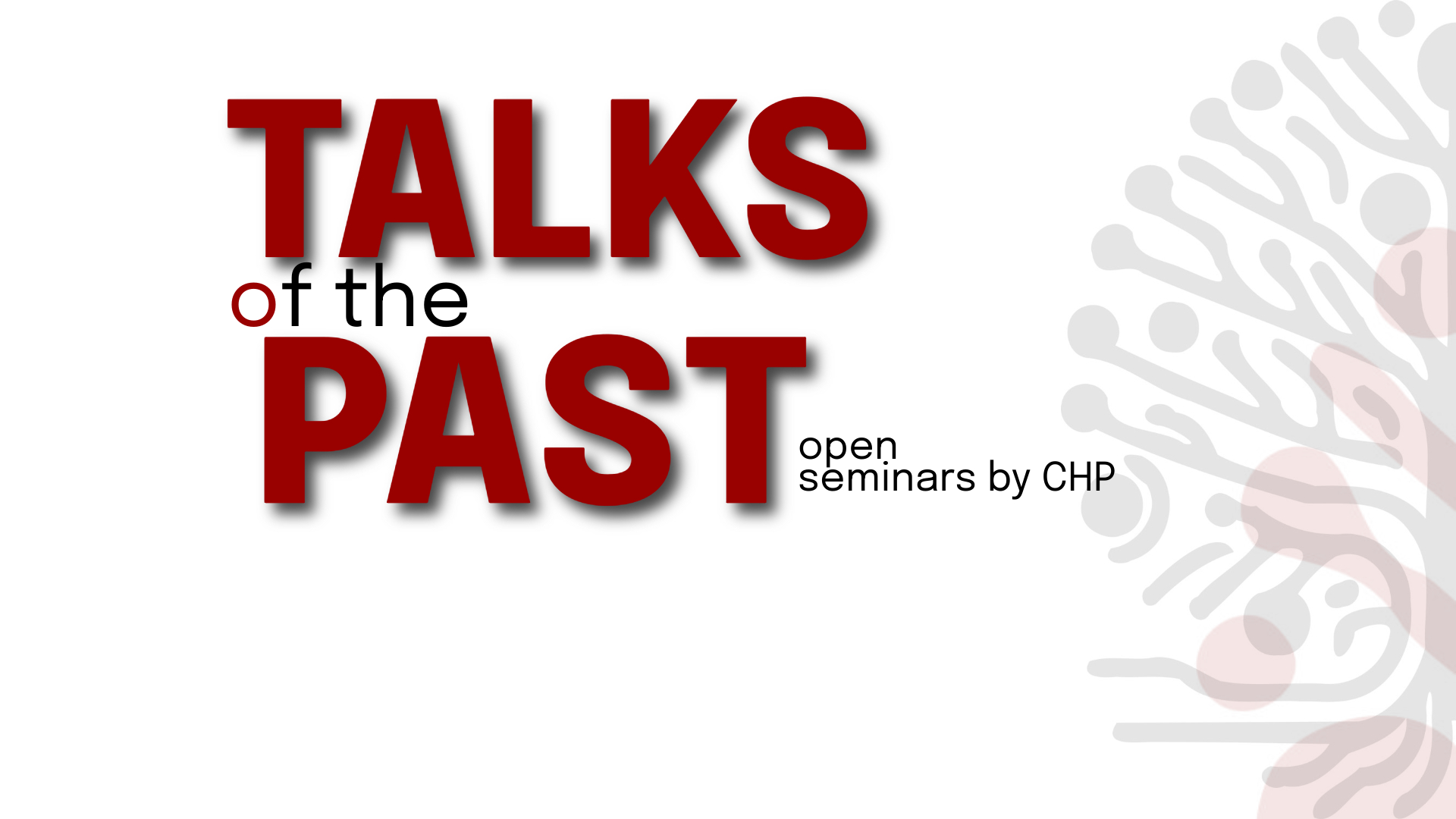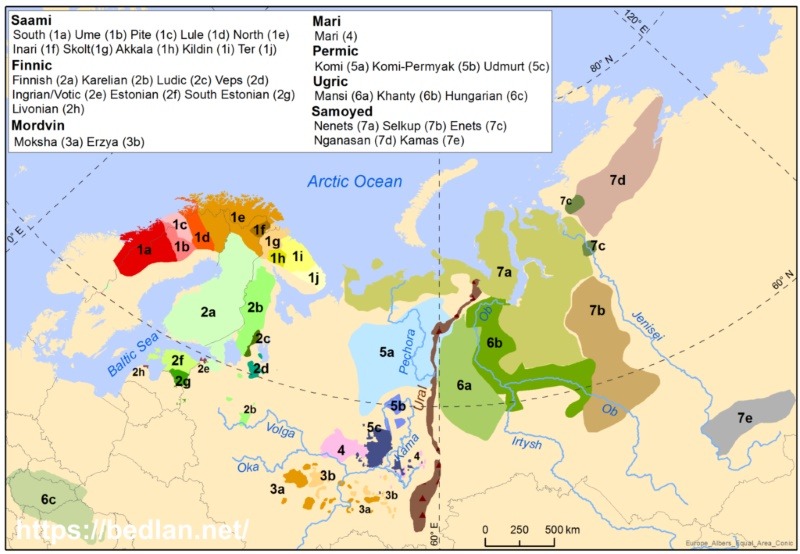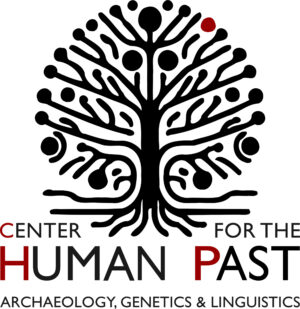
- This event has passed.
Talks of the Past (ToP) Open Seminar, 2nd Apr 2025: Uralic spread, Seima-Turbino and flower pots, speaker Outi Vesakoski

Abstract
The seminal paper by Grünthal et al. (2022) advances a new scenario of Proto-Uralic disintegration and spread. They suggest a rapid spread of Uralic languages through Common Uralic, a dialect continuum whose breakup formed the Finno-Ugric language families. They suggest that the vector for Uralic spread was the Seima-Turbino trading network (ST), within which the Uralic languages were used as lingua franca. The key hypothesis in the Sejma-Turbino scenario is that the trade network would have consisted of representatives of different Eurasian cultural groups for whom a common language would have been necessary. Timing of Proto-Uralic disintegration would have occurred during the ST, which was an intensive but short-lasting period about 4200-3800 years ago.
In her presentation, Outi Vesakoski will summarize the assumptions this hypothesis poses and discuss them in light of new genetic and psycholinguistic studies. The talk is based on a forthcoming paper on Uralic archaeolinguistics (Vesakoski, Elina Salmela & Henny Piezonka) in the Oxford Handbook of Archaeology and Language, edited by Martine Robbeets and Mark Hudson.

Map of Uralic language speaker areas at beginning of 20th century (drawn by BEDLAN member Timo Rantanen).
Related reading:
Vesakoski, O., Salmela, E. & Piezonka, H. (2025). Uralic Archaeolinguistics. In M. Robbeets & M. Hudson (eds) Oxford Handbook of Archaeology and Language. (Forthcoming)

Outi Vesakoski is an associate professor of Finnish, Finno-Ugric, and Scandinavian languages at the University of Turku, Finland.
She is also a vice-director of the Human Diversity Consortium.
Areas of expertise:
BEDLAN, Evolutionary ecology, Environmental (cultural) adaptations, Language evolution, Cultural evolution, Genetic evolution, Human past studies, Human diversity, Finnish dialects, Lauri Kettunen, Uralic language speaker area, UraLex – Uralic basic vocabulary, UraTyp – Uralic typological database, Uralic Areal Typology, URHIA Uralic Historical Atlas, Digitized Database of Finnish Archaeological Artefacts, Quantitative methods, Spatial methods, Invasive species, Marine biology
